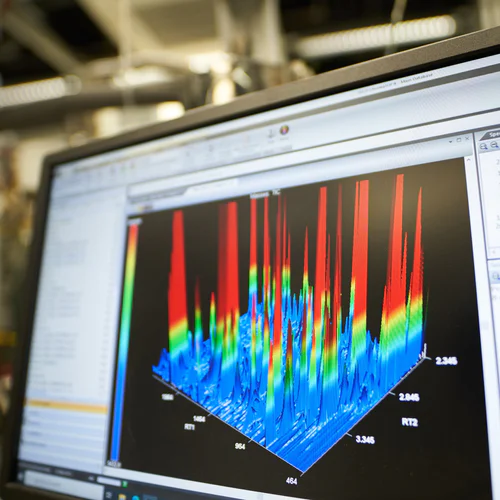Smoking-related risks and the need for smoke-free alternatives
Smoking tobacco causes a number of serious diseases. The best way for adult smokers to reduce their risks of smoking-related diseases, such as lung cancer, chronic obstructive pulmonary disease (COPD), and cardiovascular diseases, is to quit tobacco and nicotine altogether. However, evidence has shown that many people don’t quit.
One billion people continue to smoke, and based on current trends, this figure is not expected to change in the near future. Science and technology can play a role in moving adult smokers who don’t quit from the most harmful way of nicotine consumption, smoking.

Basics of tobacco harm reduction
There is a growing consensus that, for adult smokers who don’t quit, completely switching to tobacco- or nicotine-containing products that do not burn tobacco has the potential to present less risk of harm than continued smoking. Learn what role smoke-free products have in tobacco harm reduction.
Impact of combustion
Decades of scientific research show that the primary cause of smoking-related diseases is the high levels of harmful and potentially harmful constituents (HPHCs) in smoke formed during the burning process.


Role of nicotine in harm reduction
While addictive and not risk free, nicotine is not the main cause of smoking-related diseases and plays a crucial role in tobacco harm reduction. Discover the role of nicotine in smoke-free products.
Cigarette tar
There is a public health and scientific consensus that tar is not an accurate or precise indicator of risk or harm, and that reporting of tar measurements can be misleading to consumers.


Smoke-free products regulation
Offering smoke-free alternatives to adult smokers who would otherwise continue to smoke can have a positive impact on public health. Learn more about global regulatory approaches and governmental perspectives on smoke-free products.
We would be happy to hear from you
Whether you have a question, a comment, or an idea, send us a message. Open dialogue is something we are passionate about, and we would like to know your views.